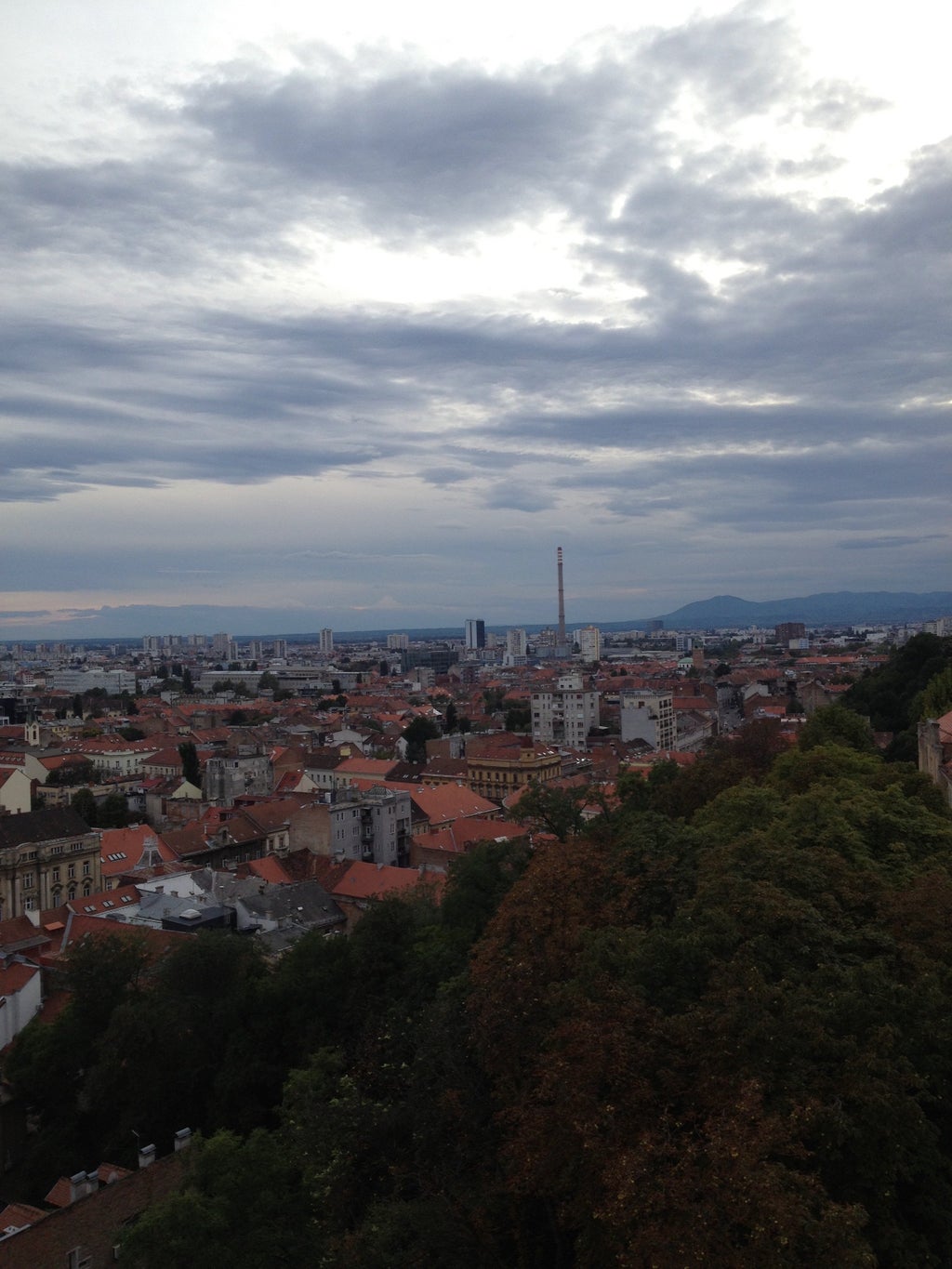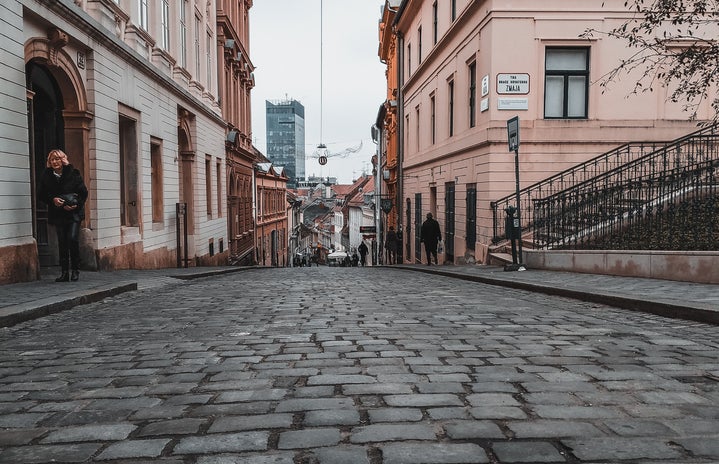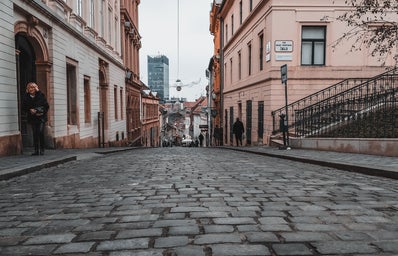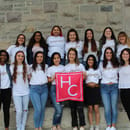Zagreb, the capital of Croatia, is a peaceful city full of color and history. The streets alternate between cobblestone and asphalt, the old and new blending together. The skies are blue, open and inviting. While Croatia is largely known for its coast, Zagreb also offers quite a lot and is a network of homely life and history brought up through the generations. But when something plagues the world — no pun intended — rarely anyone is exempt.
In face of all this chaos and fear surrounding the coronavirus, living our lives as simply as we once did just a few months ago has become seemingly impossible.
The new norm is social distancing and hiding away at home; no one wants to put themselves at risk, but even more so, no one wants to put anyone else at risk.
Considering even the simplest of activities often requires some kind of human contact, humanity has given itself quite the challenge. Modern technology, even that which is as simple as the self-checkout aisle in grocery stores, has made this task of social distance and isolation a lot easier than it would have been for many other previous generations of people.
But what if you didn’t have a choice and your only option was to step out into the world of germs and social contact around you?
That is exactly what happened in Zagreb, Croatia.
Around 6 a.m. on Sunday, March 22, a 5.3 magnitude earthquake shook the city and did sizable damage.
Locals woke up to the feeling of their floors rumbling and shaking. Photos and frames fell off the walls and shattered on the floors while the buildings shifted and moved, encouraging one instinct: go outside.
That’s what you’re supposed to do, right? The answer to this seemingly rhetorical question is yes, under normal circumstances the appropriate response would be to get away from the very thing crumbling around you.
However, these circumstances were anything but normal.
Heavy social distancing regulations and recommendations from the government for citizens to remain inside has dictated local life, much like in the rest of the world. While Croatia has regularly been on guard for more earthquakes, it has been 140 years since they’ve actually had one.
The last earthquake in 1880 reached a magnitude of 6.3 on the Richter scale, destroying the famous cathedral, the Zagreb Cathedral, standing tall just outside of Ban Jelacic Square, a popular spot in the city for tourists and locals alike. The cathedral itself has been continuously repaired and restored since then due to damage from more than just the earthquake alone.
As the earthquake struck, streets were covered in pieces of roofs and walls as chunks of old buildings cracked and tumbled down. A spire of the Zagreb Cathedral fell and crashed to the ground, and an older area of the city containing buildings dating back to the 19th century sustained more extensive damage. The epicenter of the earthquake was a few miles outside of Zagreb but tremors were felt all around, even over and into the border of Slovenia and Austria.
Citizens moved out into the streets, converging into groups and breaking the seal of isolation containing the city. Mothers were seen wearing nightgowns and carrying their newborn babies in the streets after a maternity hospital was forced to evacuate due to damage. The parliament building also sustained damage and the use of it will be suspended for the time being.
Andrej Plenkovic, the Croatian prime minister, urged people to remain outside their homes if they were residents of the central areas of Zagreb that sustained more damage, though openly admitting the circumstances warranted confusion on what should be the correct response to a simultaneous earthquake and pandemic.
Indeed, there are sets of rules for a regulated response to earthquakes as well as one for pandemics, but not one set for both.
The health minister, Vili Beros, urged citizens to continue to practice social distancing, deeming the coronavirus more of a threat to the population than the earthquake. Other officials encouraged residents to return to their homes, noting approximately 80 percent of Zagreb’s residents live in homes with reinforced concrete structures.
More than a dozen injuries were reported and one local resident, a teenage girl, is in critical condition after her roof collapsed.
While the world must manage the coronavirus, other countries are faced with alternative crises that won’t simply back down due to the presence of a global pandemic.
It is in times like these that the world must show its compassion and reach out a hand. The new challenge for us is how we meant to do that without passing on a handful of germs as well.

Sources:
https://www.bbc.com/news/world-europe-51995861
https://www.theguardian.com/world/2020/mar/22/croatia-earthquake-causes-widespread-damage-zagreb



